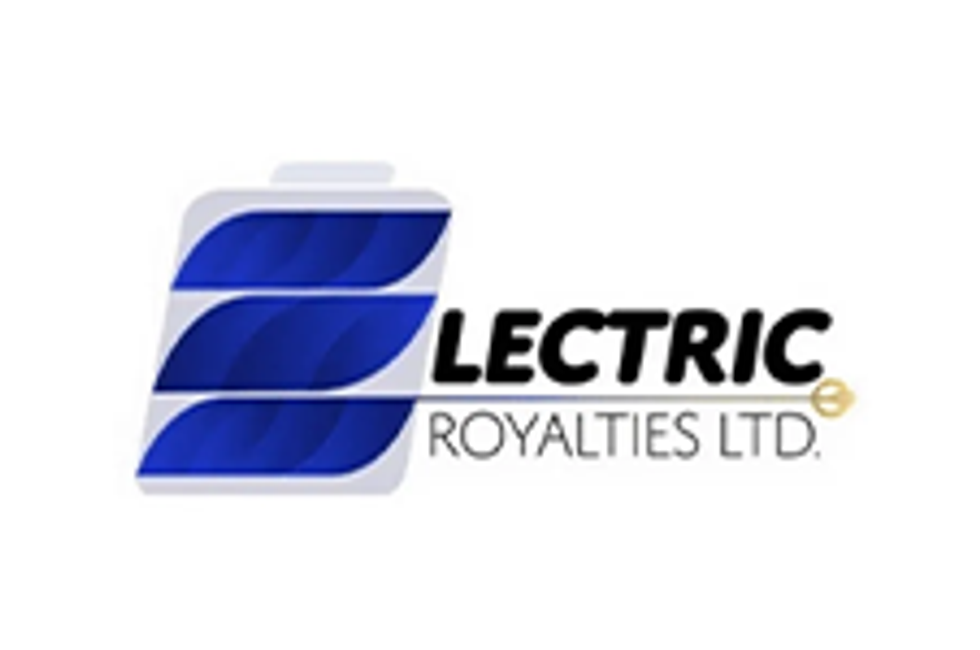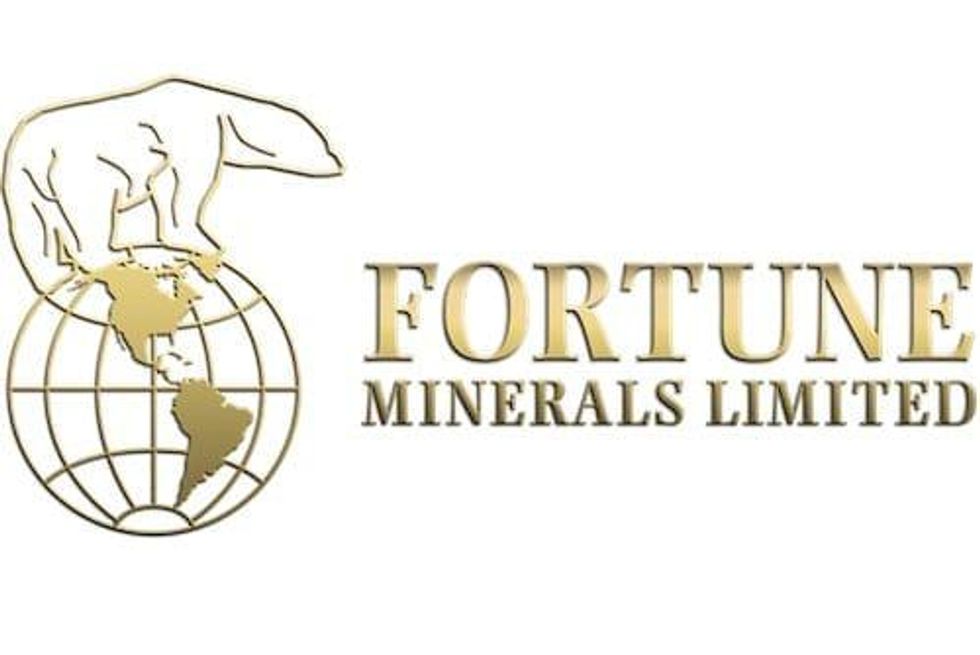Jervois Weighing Joint Venture Options for Nico Young
Jervois Mining expects to secure a joint-venture partner for its Nico Young nickel-cobalt project by the end of 2019.

Jervois Mining (ASX:JRV) has said it anticipates locking down a joint-venture (JV) partner for its Nico Young nickel-cobalt project in New South Wales by the end of the year.
In a conversation with Reuters, Jervois Chief Executive Bryce Crocker said the company is in discussions with a few different parties for a 20- to 40-percent JV agreement. The potential partners include miners, battery producers and equipment makers from Korea, China and Japan.
“We are pushing hard […] [but] we are not under pressure to do the deal tomorrow,” Crocker told the news outlet.
The company is currently working on a prefeasibility study for Nico Young; though its completion date had originally been docketed for Q3 2018, the miner said it should be released in the next few months.
With an inferred resource of 167.8 million tonnes at 0.59 percent nickel and 0.06 percent cobalt, Jervois has been hurriedly trying to develop Nico into what it calls a “core asset.” The company cites growing demand for nickel and cobalt as lithium-ion batteries become more prominent with the electric vehicle (EV) revolution as its reason for lasering its focus on Nico.
While Nico Young remains Jervois’ flagship asset, it’s one of many nickel-cobalt projects in Australia. Also on the list of miners eager to supply the EV market are Australian Mines (ASX:AUZ,OTCQB:AMSLF) with its Flemington and Sconi cobalt-scandium-nickel projects and Ardea Resources (ASX:ARL,OTC Pink:ARRRF) with its flagship Goongarrie nickel-cobalt asset.
In a recent conversation with the Investing News Network, CRU Group Principal Consultant Alex Laugharne explained that battery demand could be a major driver of nickel demand in the coming years, but said that it may take longer than market watchers realize.
“Batteries only account for about 4 percent of nickel demand at the moment, and I think at CRU we see that growing to 9 percent by 2023. But then, when you look further ahead, we’ve got sort of exponential growth, not only in the number of electric vehicles that are expected to be produced, but also in the nickel intensity of individual batteries,” Laugharne said.
“[That growth] will push batteries [towards] accounting for as much as almost a quarter of the entire nickel market maybe towards 2030, so it depends how far ahead you look.”
As of Wednesday (March 20), nickel was trading at US$13,190 per tonne on the London Metal Exchange, while cobalt was trading at US$29,000 per tonne.
Jervois’ share price dropped 2.22 percent by the end of trading on Thursday (March 21), closing at AU$0.22 on the ASX.
Don’t forget to follow us @INN_Resource for real-time updates!
Securities Disclosure: I, Olivia Da Silva, hold no direct investment interest in any company mentioned in this article.
Editorial Disclosure: The Investing News Network does not guarantee the accuracy or thoroughness of the information reported in the interviews it conducts. The opinions expressed in these interviews do not reflect the opinions of the Investing News Network and do not constitute investment advice. All readers are encouraged to perform their own due diligence.


